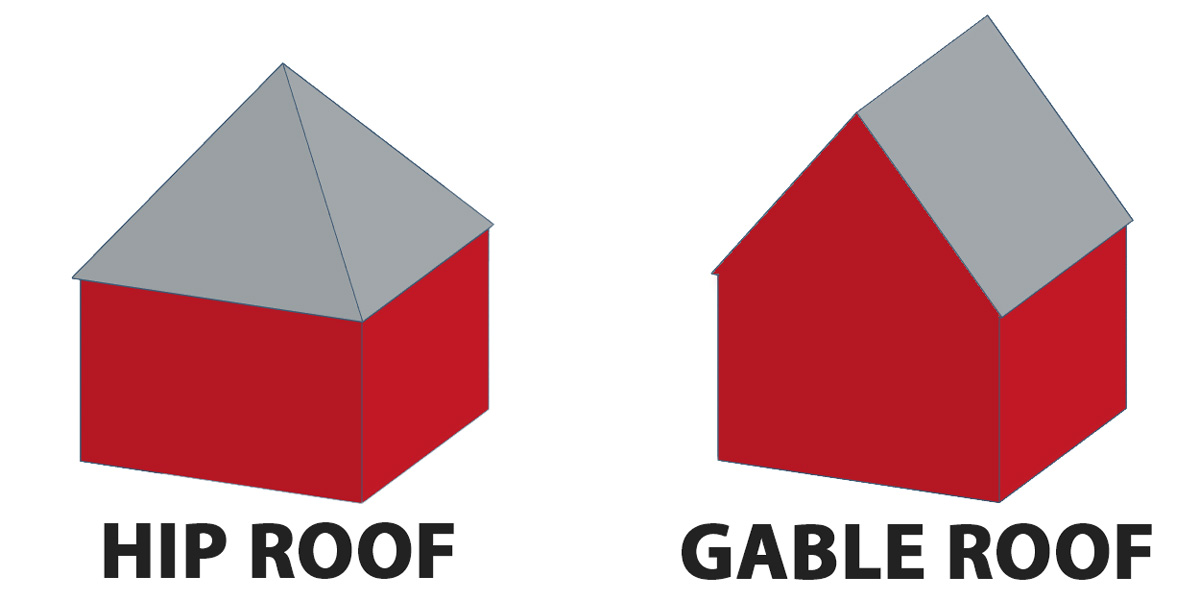A horizontal timber or metal resting at the peak of the roof the rafters and trusses are connected to the ridge board for a cohesive framework.
Labeled traditional cut roof.
Butterfly roof v roof london roof.
Traditional cut roof vs.
There are two basic methods of pitched roof construction.
Prefabricated trusses which are delivered to site and erected.
Traditional cut timber pitched roof structures were in common use up until the 1970s.
Before trusses became popular nearly all roofs were cut on site from timbers lifted up one by one and secured in position by the carpenter.
If you plan on building and installing your own gambrel roof you ll have to draw out plans first to determine the proper dimensions.
Pitched roof construction.
Roof structures roofs section1 module 3 sheet 5 12section roof structures types of roof structure traditional roofs can be divided into three main types of structure.
A type of japanese roof construction.
There are also a number of other framed constructions such as portal frame roofs.
In larger roofs lateral restraint typically in the form of collars spanning between the rafters prevents the structure from spreading outwards.
When opting for monopitch the incline should not run back towards the main roof.
A cut roof this is the traditional method of cutting the timber on site and building up the roof using rafters ridge boards joists and purlins etc the exact details being determined by the size of roof size of timbers etc.
The rafters are the main load bearing elements of the roof.
A composite decking made of solid materials it resembles real wood and particularly strong and stable for bearing heavy load.
Gambrel roofs are symmetrical with two slopes on each side of the roof.
It is a waterproofing layer made of regular felt stacked above the solid.
The roofing of dormers also varies with a roofs more popular than monopitch variants.
Types of pitched roof.
Horizontal beams supported by posts and used to support the mid span of rafters to cover longer spans these are used in large buildings like the traditional large old barns in the us.
The rafters distribute the load of the roof covering and structure to the external walls.
A v shaped roof resembling an open book.
One of a series of diagonal members of the truss that meet at the apex in order to support the roof deck and its loads.
They span from the wallplate to the ridge board providing a platform for the underlay battens and tiles.
The overall construction of a traditional cut roof is to ensure that the load of the roof is evenly transmitted to the walls below.
A type of gable found in some traditional japanese buildings.
Modern construction methods make use of another type of roof structure and this is known as trussed rafter roofs see.
A kink separates the roof into two parts running towards each other at an obtuse angle.

